Home>Articles>How To PreseRVe Cut Onions Without Refrigerator
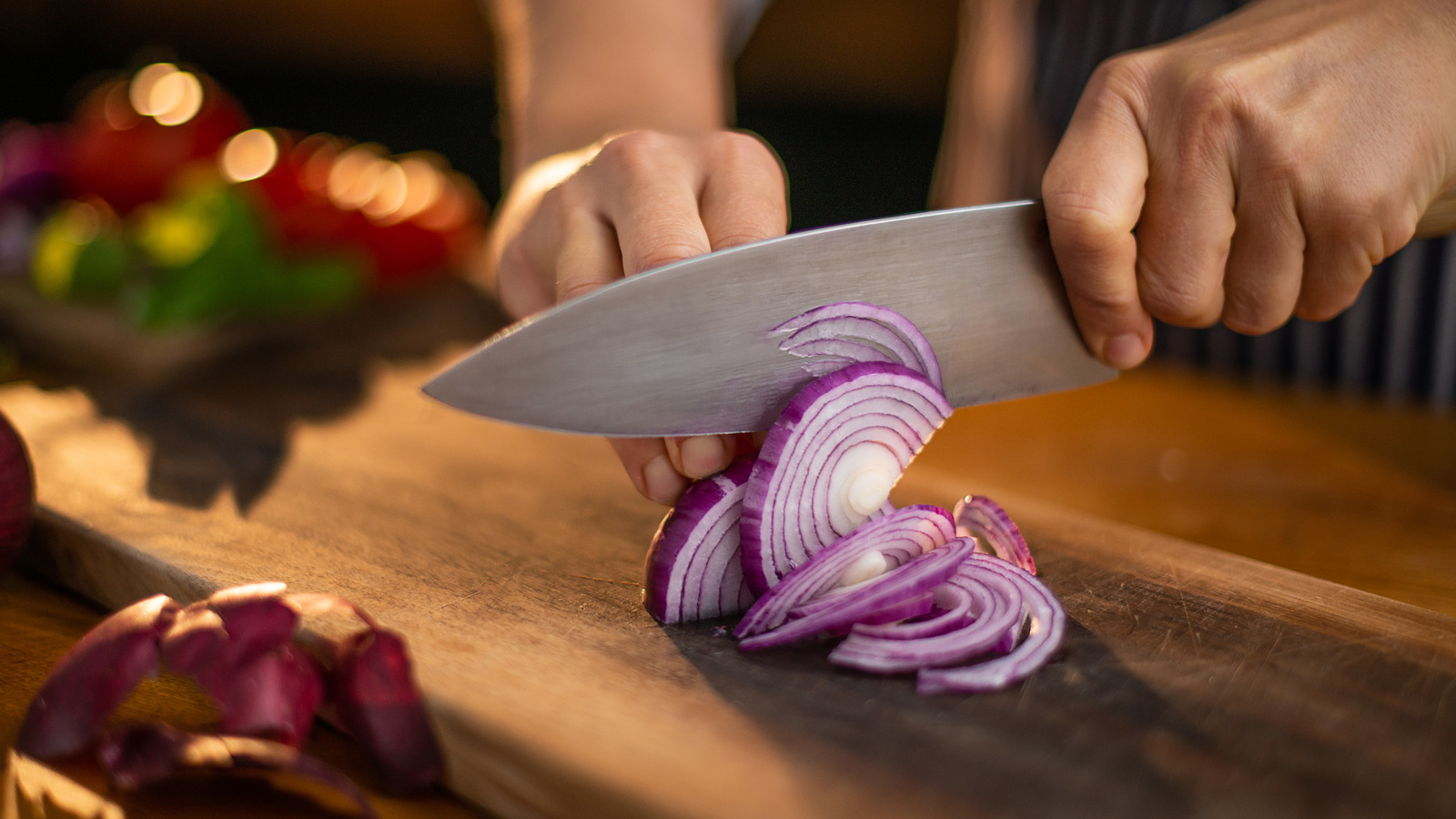

Articles
How To PreseRVe Cut Onions Without Refrigerator
Modified: August 17, 2024
Discover effective methods for preserving cut onions without the need for a refrigerator in this helpful article. Explore various techniques and prolong the freshness of your onions.
(Many of the links in this article redirect to a specific reviewed product. Your purchase of these products through affiliate links helps to generate commission for Storables.com, at no extra cost. Learn more)
Introduction
Preserving cut onions without a refrigerator can be a useful skill to have, especially if you find yourself with leftover onions that you don’t want to go to waste. While refrigeration is the most common method for onion storage, there are alternative techniques that can help prolong their freshness and prevent spoilage.
In this article, we will explore several methods for preserving cut onions without the need for a refrigerator. These techniques can be handy whether you are preparing for a camping trip, have limited refrigerator space, or simply want to reduce your energy consumption.
From drying and pickling to freezing and using a salt solution, we will discover effective ways to preserve cut onions and extend their shelf life. Each method offers its own unique advantages, so you can choose the one that best suits your needs and preferences.
By learning these preservation methods, you can ensure that your cut onions stay fresh and flavorful for an extended period of time. This not only reduces food waste but also helps you save money in the long run.
So, whether you have half an onion left from a recipe or want to stock up on onions during harvest season, let’s explore the various techniques for preserving cut onions without a refrigerator. Get ready to learn some practical and resourceful ways to extend the life of your onions!
Key Takeaways:
- Preserving cut onions without a refrigerator offers practical benefits such as reducing food waste, saving energy, and ensuring a steady supply of this versatile ingredient for cooking, regardless of limited refrigerator space.
- Drying, pickling, freezing, and using a salt solution are effective methods for preserving cut onions without refrigeration, each offering unique flavors and convenience for culinary creations.
Read more: How To Store Cut Onions Without Smell
Why Preserve Cut Onions Without Refrigerator
Preserving cut onions without a refrigerator can be beneficial for several reasons. While refrigeration is the most common method for storing onions, not everyone has access to a fridge or has enough space to accommodate large quantities of onions. Here are a few reasons why you might consider preserving cut onions without a refrigerator:
1. Limited Refrigerator Space: If you have a small refrigerator or if it’s already packed with other food items, you may not have enough room to store a large bag of cut onions. Preserving onions without a refrigerator allows you to free up space and utilize your fridge for other essentials.
2. Energy Consumption: Refrigerators consume a significant amount of energy, and if you’re looking to reduce your energy usage and save on utility bills, finding alternative methods to store your cut onions is a great idea.
3. Outdoor Activities: Whether you’re going camping, hiking, or spending time in a cabin without refrigeration, knowing how to preserve cut onions can come in handy. It allows you to pack a fresh ingredient that adds flavor to your meals without the need for refrigeration.
4. Sustaining Freshness: Onions tend to spoil quickly when they are cut, due to exposure to air and moisture. Preserving them using alternative methods helps to extend their shelf life and maintain their freshness for a longer period of time.
5. Convenience: Having preserved cut onions on hand can save you time in meal preparation. Instead of having to chop a fresh onion every time you cook, having preserved onions allows you to quickly add them to your dishes, saving you both time and effort.
By utilizing alternative methods to preserve cut onions, you can ensure that you always have this versatile ingredient available, regardless of your refrigeration options. Not only does it reduce food waste and save you money, but it also allows you to enjoy the flavor and nutritional benefits of onions in your meals at any time. Now that we understand why preserving cut onions without a refrigerator can be advantageous, let’s explore the various methods you can use to achieve this.
Method 1: Drying the Onions
Drying onions is a traditional method of preserving them without the need for refrigeration. When onions are properly dried, the moisture is removed, which inhibits the growth of bacteria and mold, ensuring their long-term preservation. Here’s how you can dry onions:
1. Selecting the Onions: Choose fresh, firm onions for drying. Avoid using onions that have soft spots or signs of mold.
2. Peel and Slice: Peel the skin off the onions and slice them into thin, uniform pieces. You can use a sharp knife or a mandoline for precise slicing.
3. Pre-Drying: Lay the onion slices on a clean, dry surface such as a baking sheet or food dehydrator tray. It’s important to ensure that the onion slices are arranged in a single layer, allowing air to circulate evenly.
4. Drying Process: Place the baking sheet or trays in a well-ventilated area with good air circulation. You can also use a food dehydrator if you have one. The ideal temperature for drying onions is around 130°F to 140°F (54°C to 60°C). It may take anywhere from 8 to 12 hours for the onions to fully dry, depending on the thickness of the slices and the humidity level.
5. Checking for Dryness: To check if the onions are dry, squeeze a few slices. They should be brittle and crumble easily. If there is any moisture remaining, continue drying for a few more hours.
6. Storing the Dried Onions: Once the onions are fully dried, allow them to cool completely before storing. Transfer the dried onion slices into an airtight container or a sealed plastic bag. Keep them in a cool, dark place away from sunlight and moisture.
Dried onions can be used in various culinary applications, such as soups, stews, sauces, and vegetable medleys. Before using them, rehydrate the dried onions by soaking them in water or broth for about 15 to 30 minutes until they become soft and pliable.
By drying onions, you can enjoy their flavor and versatility for an extended period of time without the need for refrigeration. This method is convenient, cost-effective, and allows you to have onions readily available in your pantry whenever you need them.
Next, let’s explore another technique for preserving cut onions without a refrigerator: pickling.
Method 2: Pickling the Onions
Pickling is another popular method for preserving cut onions without the need for a refrigerator. This method not only helps to extend the shelf life of onions but also adds a tangy and flavorful twist to them. Here’s how you can pickle onions:
1. Prepare the Onions: Start by selecting fresh onions. You can use any type of onion, such as red onions, white onions, or shallots. Peel the onions and slice them into thin rings or wedges.
2. Create the Pickling Liquid: In a saucepan, combine equal parts vinegar (white vinegar, apple cider vinegar, or rice vinegar) and water. Add sugar and salt to the mixture and bring it to a boil, stirring until the sugar and salt are fully dissolved. You can also add spices or herbs like peppercorns, cloves, bay leaves, or dill for added flavor.
3. Pack the Onions: Place the sliced onions in a clean glass jar or container. Pour the hot pickling liquid over the onions, ensuring that they are fully submerged. Leave about half an inch of headspace at the top of the jar.
4. Let it Cool and Seal: Allow the pickled onions to cool at room temperature. Once cooled, seal the jar tightly with a lid and store it in a cool, dark place. The onions will need time to absorb the flavors of the pickling liquid, so it’s best to let them pickle for at least 24 hours before using.
5. Storage and Shelf Life: Pickled onions can be stored in a cool, dark place for several weeks to months, depending on the acidity level and preservation method. Once opened, store the jar in the refrigerator to maintain their freshness.
Pickled onions add a delightful tanginess and crunch to a variety of dishes. They can be used as a topping for sandwiches, salads, tacos, and burgers or as a flavorful accompaniment to cheese and charcuterie boards. The pickling liquid can also be repurposed for dressings or marinades, adding zest to your culinary creations.
By pickling onions, you can enjoy the delicious flavor and versatility of onions for an extended period without the need for refrigeration. This preservation method is not only practical but also allows you to experiment with different spices and flavors to create your unique pickled onion concoctions.
Now that we have explored drying and pickling as methods for preserving cut onions, let’s move on to another technique: freezing.
Store cut onions in a paper bag in a cool, dry place. This will help preserve their freshness and prevent them from sprouting.
Method 3: Freezing the Onions
Freezing is an easy and convenient method for preserving cut onions without the need for a refrigerator. By freezing onions, you can retain their taste, texture, and nutritional value for an extended period. Here’s a step-by-step guide on how to freeze onions:
1. Prepare the Onions: Start by selecting fresh onions. Remove the outer skin and any soft or discolored layers. Rinse the onions under running water and pat them dry with a paper towel.
2. Chop or Slice: Decide whether you want to chop or slice the onions based on your preference and intended use. You can chop them into small pieces or slice them into rings or wedges.
3. Blanching (Optional): Blanching is an optional step that helps to preserve the flavor and texture of onions before freezing. Bring a large pot of water to a boil and blanch the onions for about one to two minutes. Then, quickly transfer them to a bowl of ice water to stop the cooking process. Drain the onions well.
4. Arrange for Freezing: Spread out the chopped or sliced onions in a single layer on a baking sheet lined with parchment paper or a silicone mat. Make sure to separate the onion pieces to avoid clumping together.
5. Flash Freeze: Place the baking sheet with the onions into the freezer and let them freeze for a few hours or until they are completely frozen. This method, known as flash freezing, prevents the onions from sticking to each other and allows you to easily portion them later.
6. Pack and Seal: Once the onions are frozen, transfer them to airtight freezer bags or containers. Remove any excess air from the bag or container before sealing it tightly. Label the bags or containers with the date for easy reference.
7. Store and Use: Place the sealed bags or containers of frozen onions back into the freezer. They can be stored for up to six months without significant loss in quality. Whenever you need onions for cooking, simply remove the desired amount from the freezer and use them in your recipes directly. There’s no need to thaw frozen onions before using them in most recipes, as they will cook quickly and retain their flavor.
By freezing onions, you can have a convenient and readily available supply on hand for your culinary endeavors. Frozen onions work well in soups, stews, stir-fries, casseroles, and other cooked dishes. They may not retain the crispiness of fresh onions, but their flavor and aroma will still shine through.
Freezing onions is an excellent way to preserve their goodness, reduce food waste, and ensure that you always have onions at your fingertips, regardless of the season or availability. Now, let’s move on to another method for preserving cut onions without a refrigerator: using a salt solution.
Read more: How To Store Cut Onions
Method 4: Using a Salt Solution
Using a salt solution is a simple and effective method for preserving cut onions without the need for a refrigerator. The salt acts as a natural preservative, inhibiting the growth of bacteria and mold. Here’s how you can use a salt solution to preserve cut onions:
1. Prepare the Onions: Start by selecting fresh onions. Peel the onions and slice them into thin rings or wedges according to your preference.
2. Create the Salt Solution: In a bowl, combine water and salt to create a salt solution. The general ratio is 1 tablespoon of salt per 1 cup of water. Stir well until the salt is completely dissolved.
3. Submerge the Onions: Place the sliced onions into a clean glass jar or container. Pour the salt solution over the onions, ensuring that they are fully submerged. Leave about half an inch of headspace at the top of the jar.
4. Weigh Down the Onions: To keep the onions submerged in the salt solution and prevent them from floating to the top, you can use a small weight or a clean, food-grade object. This will help maintain the onions’ contact with the salt solution and ensure their preservation.
5. Seal and Store: Tightly seal the jar or container with a lid and store it at room temperature in a cool, dark place. The salt solution will draw out moisture from the onions, creating an environment that inhibits the growth of spoilage-causing microorganisms.
6. Wait for the Preserving Process: Allow the onions to sit in the salt solution for at least 24 to 48 hours to ensure proper preservation. The longer they sit, the stronger and more flavorful they will become.
7. Drain Before Use: When you’re ready to use the preserved onions, remove them from the salt solution. It’s essential to drain and rinse the onions well to remove excess salt before incorporating them into your recipes.
Preserved onions using a salt solution add a unique tangy flavor to various dishes, including salads, sandwiches, wraps, and even as a topping for grilled meats. They can be stored for an extended period without the need for refrigeration, as the salt acts as a natural preservative.
Remember to store the preserved onions in a well-sealed container at room temperature to maintain their freshness. If properly stored, they can last for several weeks to a few months, depending on the salt concentration, hygiene practices, and storage conditions.
By using a salt solution, you can savor the taste of onions throughout the year and reduce food waste, all without the need for refrigeration. Whether you’re a fan of pickled flavors or prefer a milder preservation method, using a salt solution is a versatile option.
We have explored various methods for preserving cut onions without a refrigerator, including drying, pickling, freezing, and using a salt solution. Each method offers its unique benefits and allows you to enjoy the flavor and versatility of onions for an extended period of time. Choose the method that suits your preferences and enjoy the convenience of having preserved onions readily available whenever you need them.
Conclusion
Preserving cut onions without a refrigerator is a practical skill that can help you reduce food waste and ensure a steady supply of this versatile ingredient. Whether you have limited refrigerator space, are planning outdoor activities, or simply want to explore alternative storage methods, there are several techniques you can use to preserve cut onions.
Drying onions offers a traditional approach to preservation, allowing you to remove moisture and inhibit bacterial growth. With proper drying and storage, you can enjoy the flavor of onions for an extended period. Pickling onions provides a tangy and flavorful twist, adding a versatile condiment to your culinary creations. By immersing the onions in a pickling solution, you can enhance their taste and prolong their shelf life.
Freezing onions is a convenient method that preserves their taste, texture, and nutritional value. Whether you choose to blanch them or freeze them directly, frozen onions can be easily incorporated into a variety of cooked dishes, adding depth and flavor. Using a salt solution is a simple yet effective way to preserve cut onions. The salt acts as a natural preservative, creating an environment that inhibits spoilage-causing microorganisms.
Each method offers its own advantages and allows you to enjoy onions throughout the year. Whether you prefer the crispiness of dried onions, the tanginess of pickled onions, the convenience of frozen onions, or the savory touch of salt-preserved onions, you can choose the preservation method that best suits your needs and taste preferences.
By preserving cut onions without a refrigerator, you can save on energy consumption, reduce food waste, and have access to this essential ingredient whenever you need it. These techniques are not only practical but also offer unique flavors, adding a delightful twist to your meals.
So, the next time you find yourself with leftover cut onions, don’t let them go to waste. Explore these preservation methods and enjoy the benefits of having preserved onions on hand. Discover the versatility and convenience of storing cut onions without the need for a refrigerator, and elevate your cooking experience with the vibrant flavors they bring to your dishes.
Frequently Asked Questions about How To PreseRVe Cut Onions Without Refrigerator
Was this page helpful?
At Storables.com, we guarantee accurate and reliable information. Our content, validated by Expert Board Contributors, is crafted following stringent Editorial Policies. We're committed to providing you with well-researched, expert-backed insights for all your informational needs.

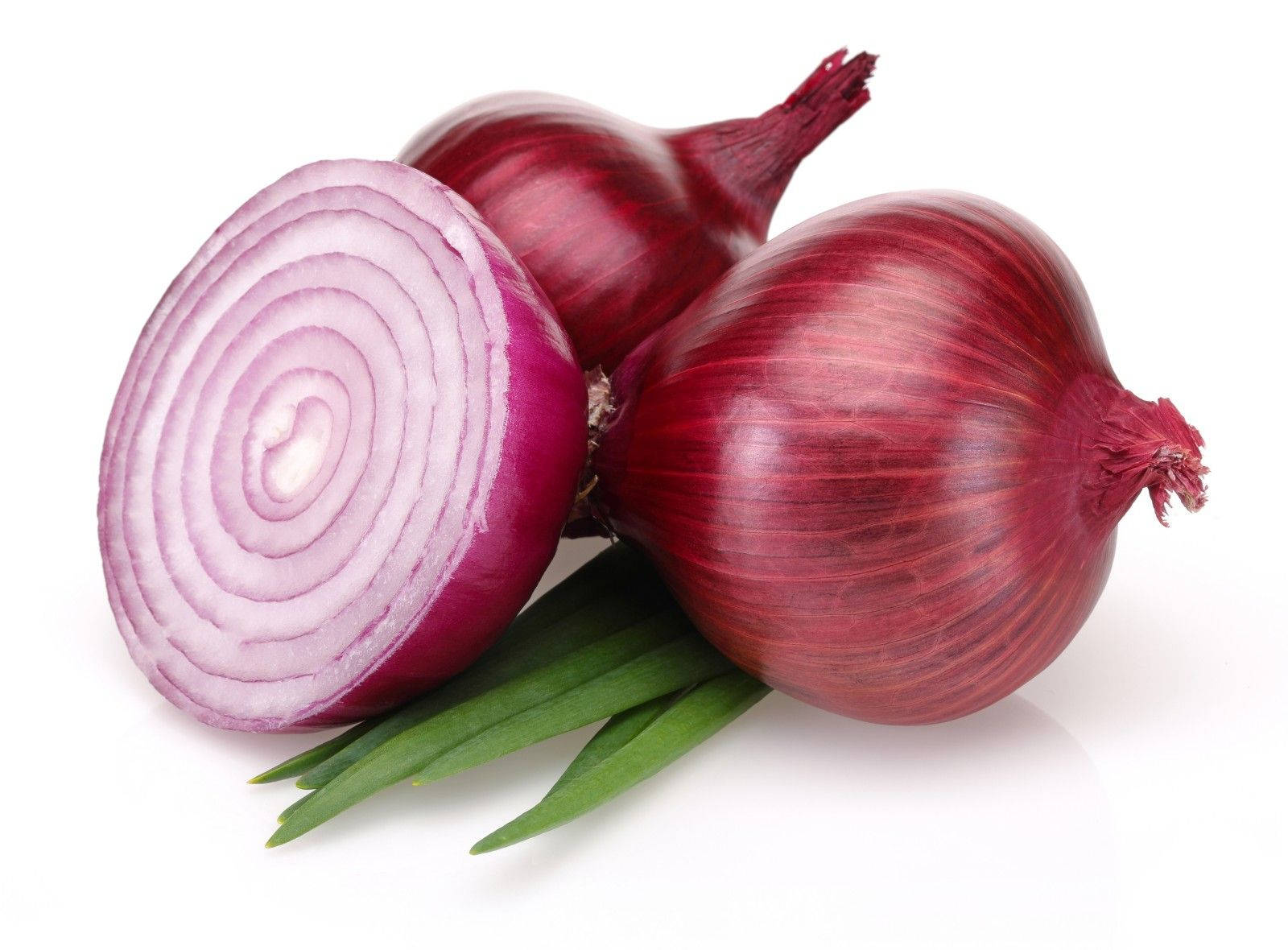
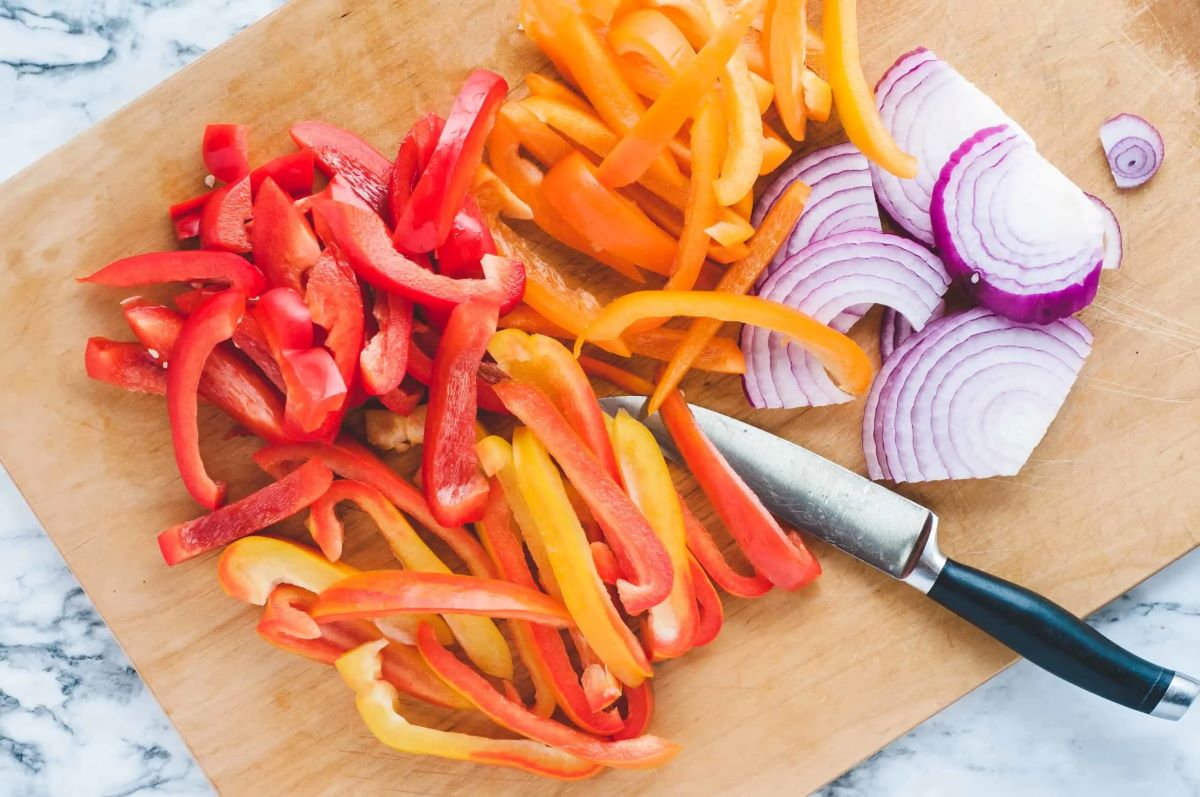
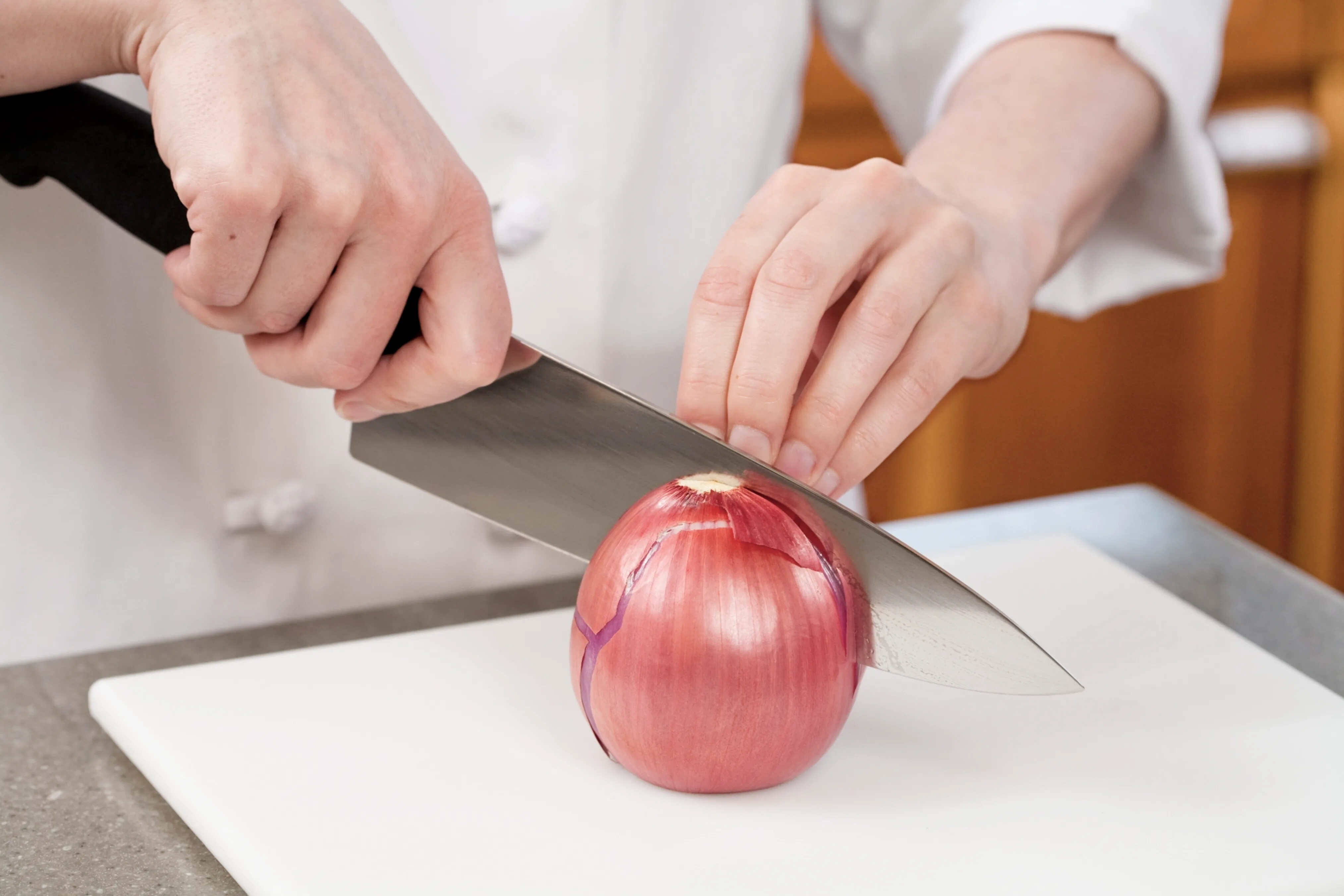
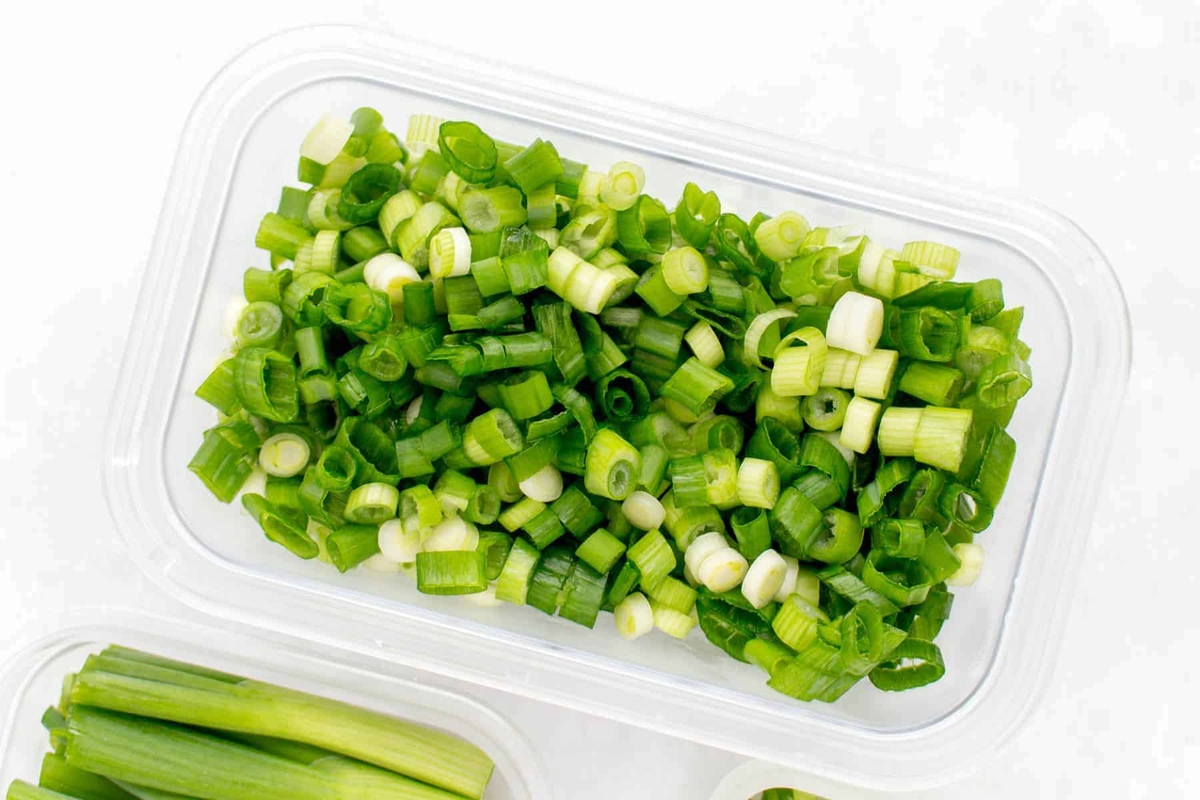
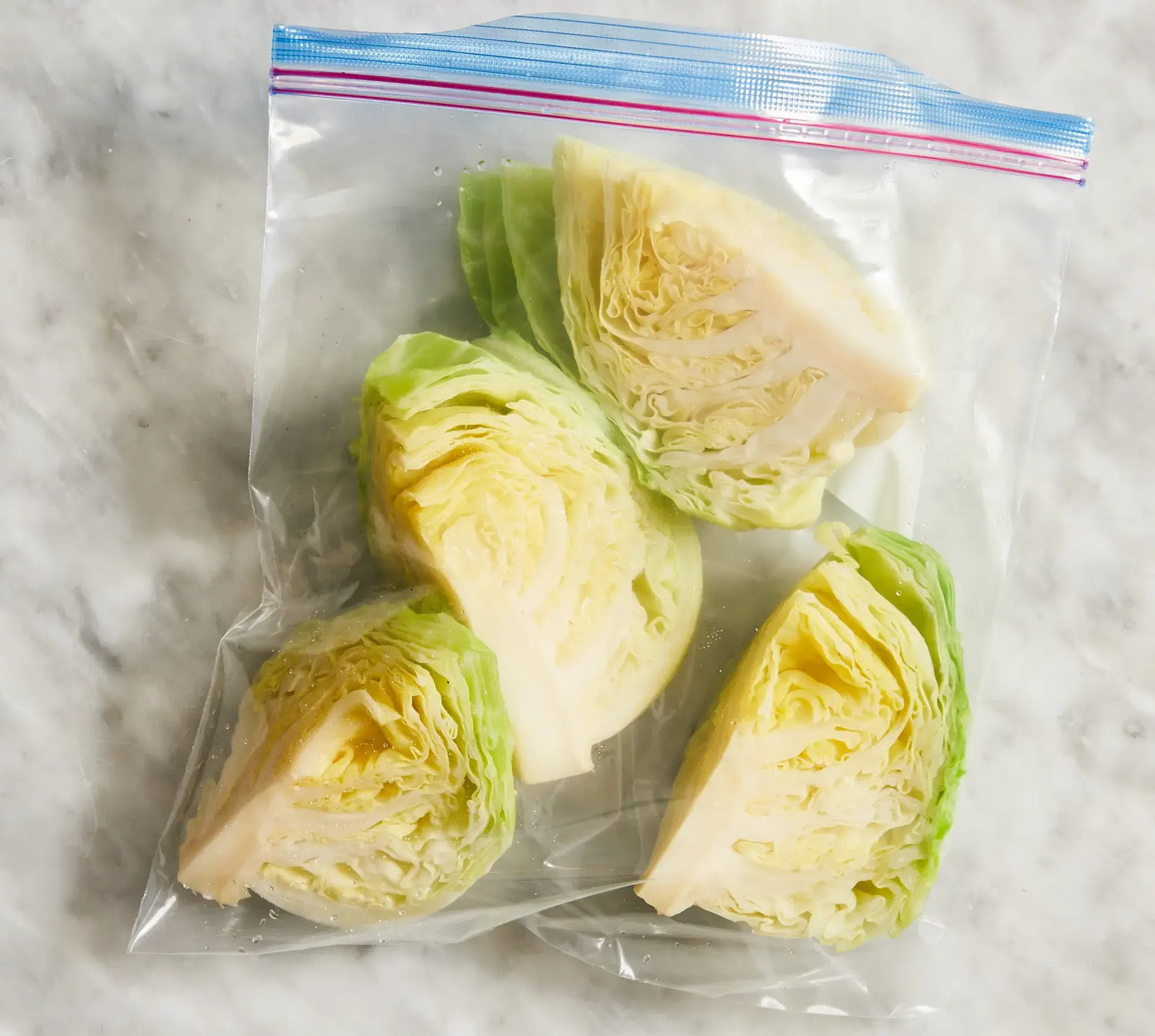
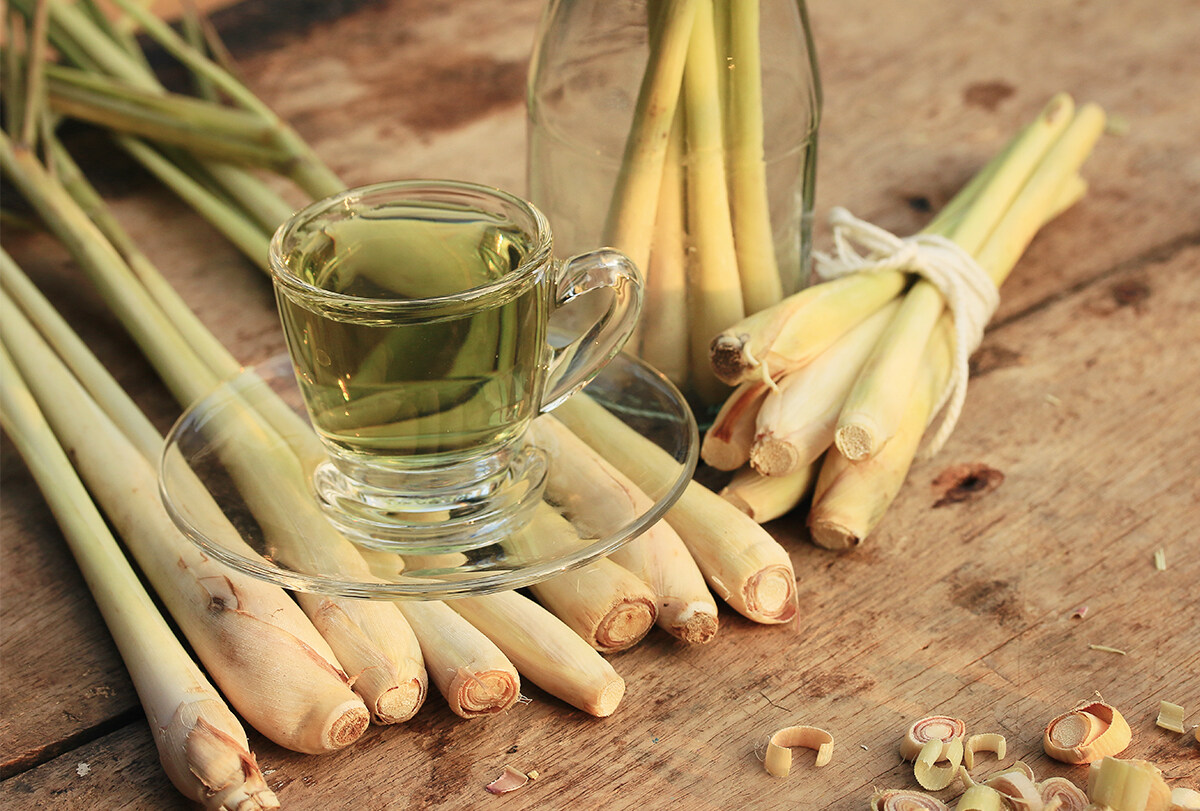

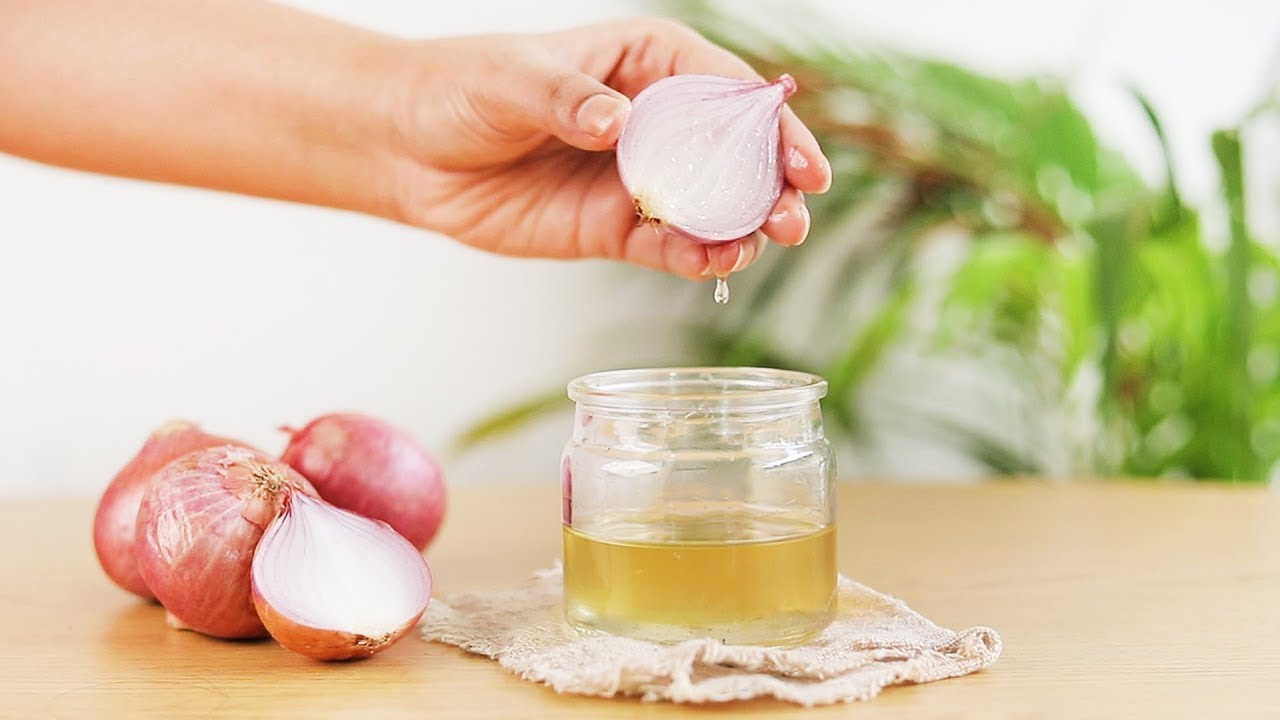
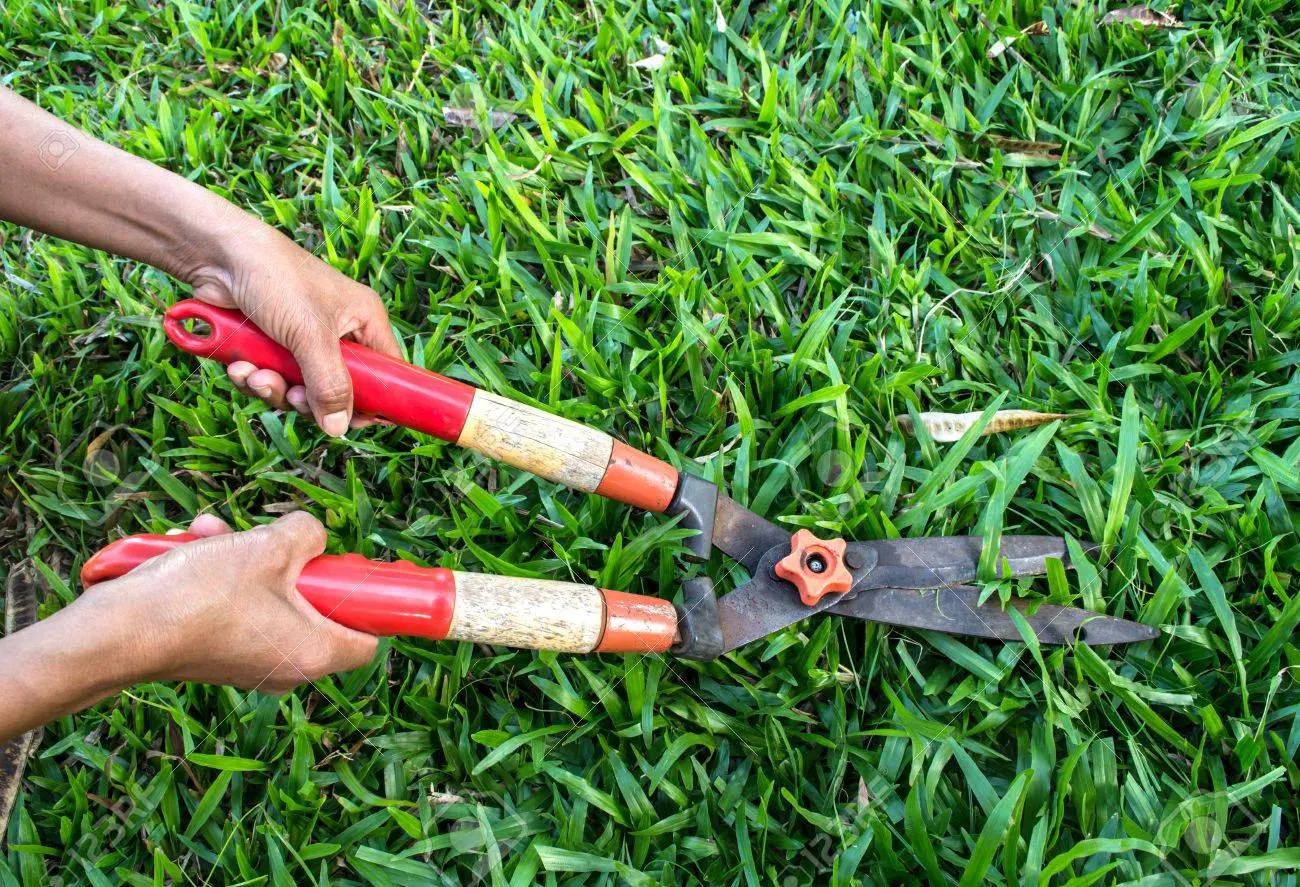
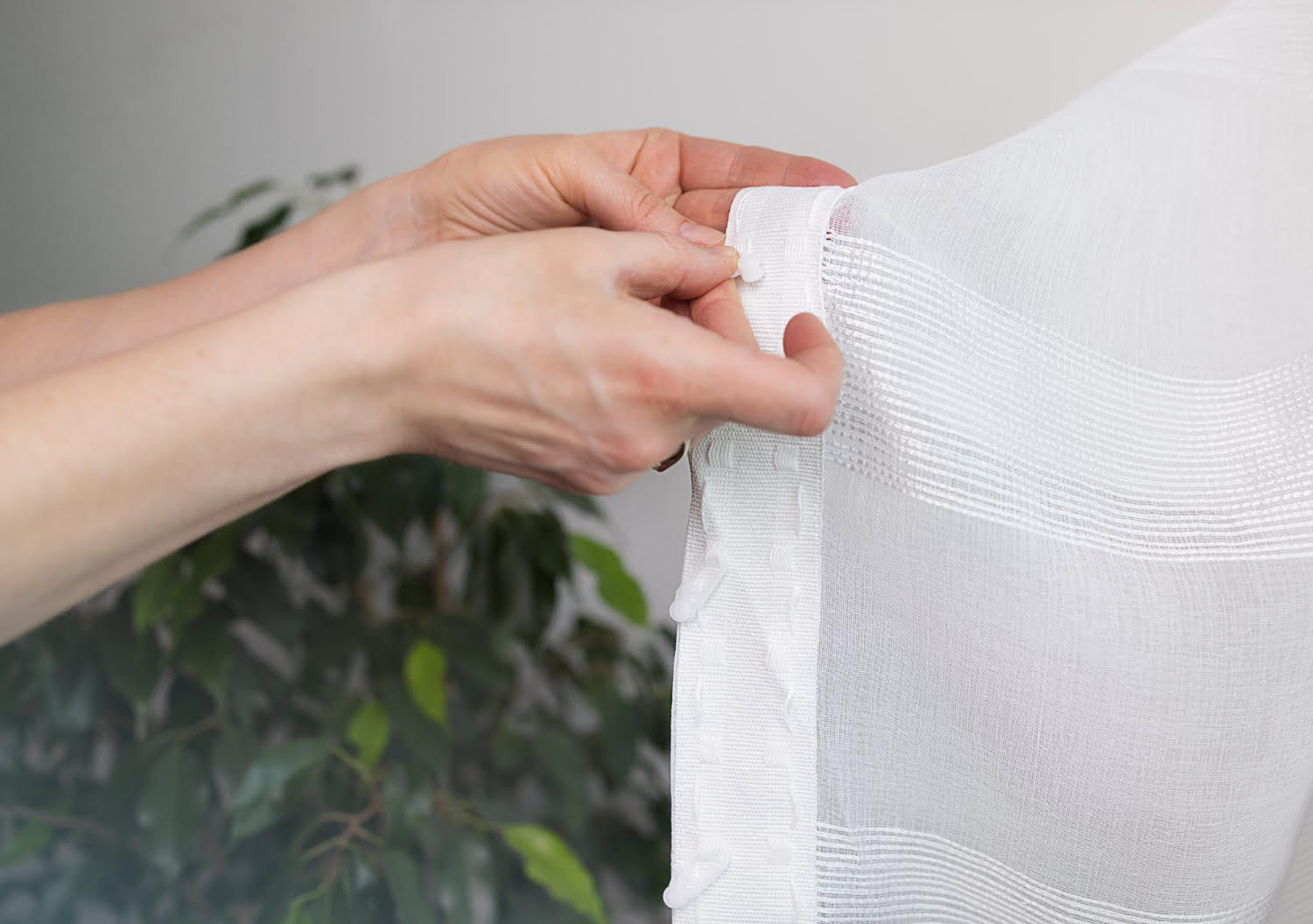
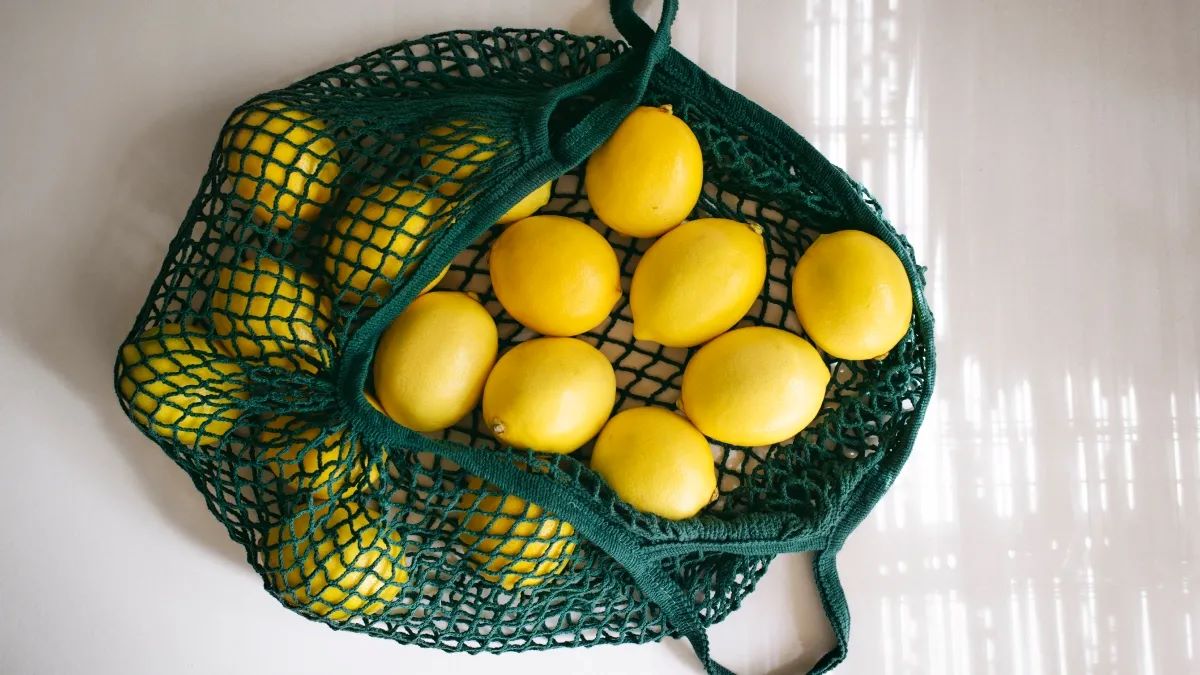
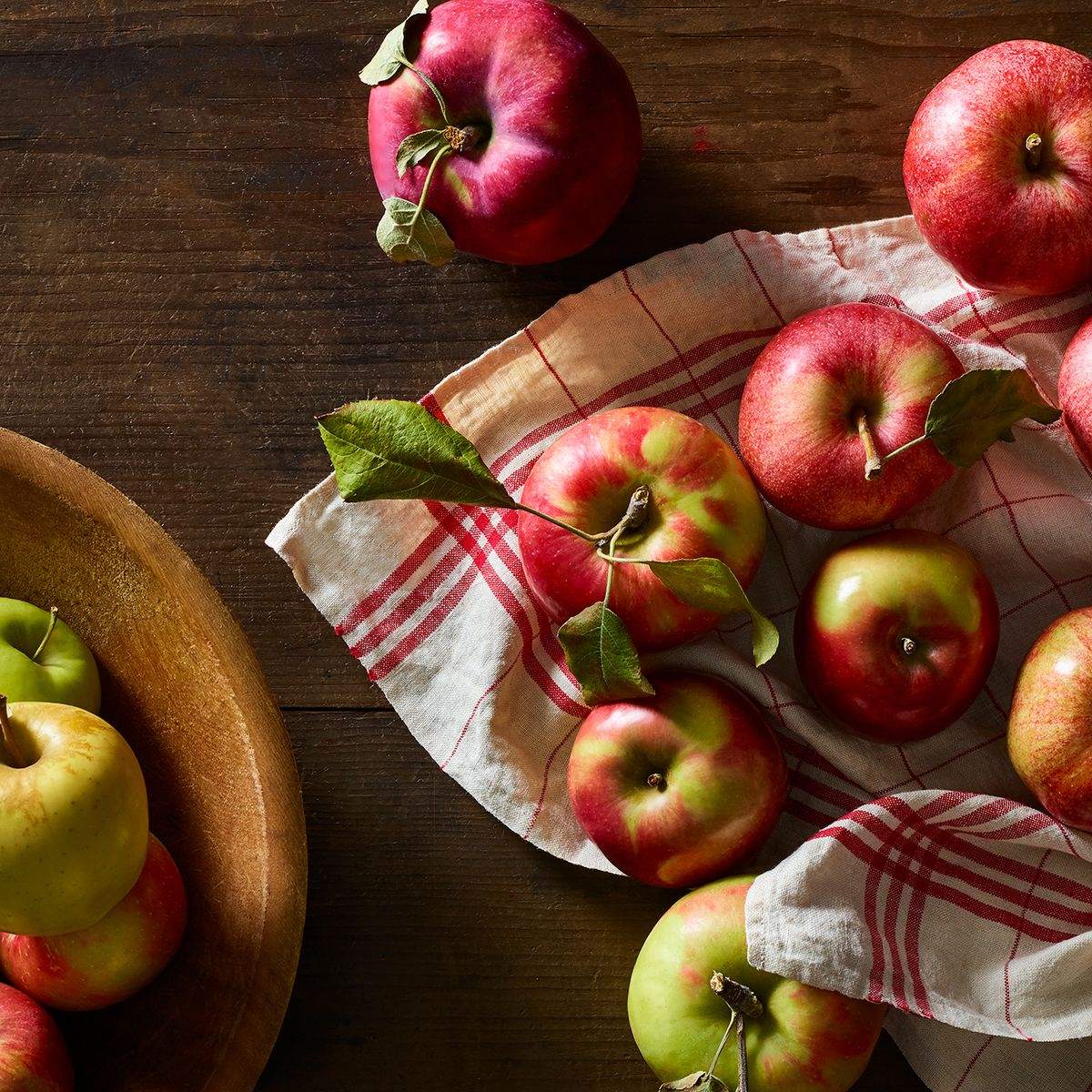
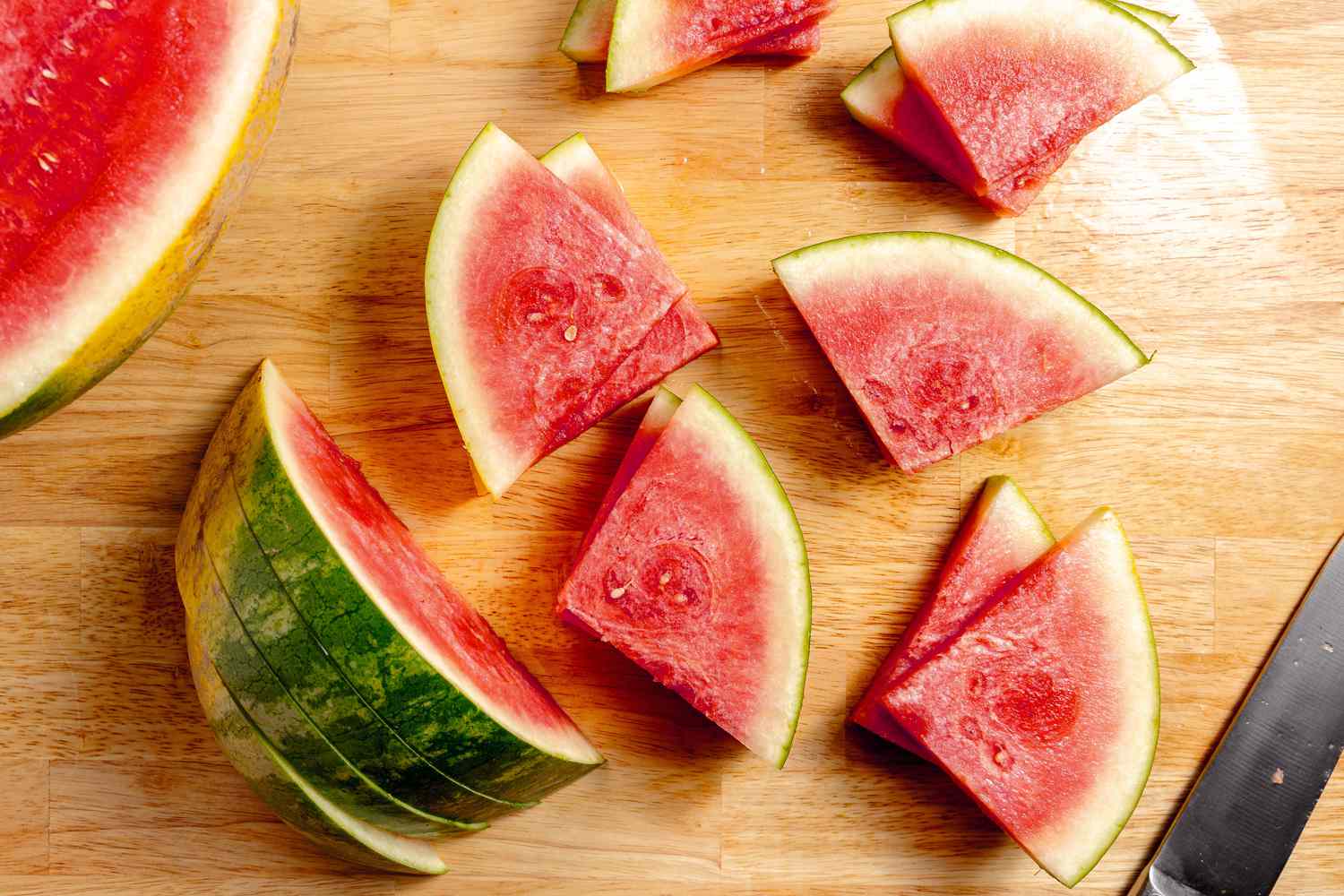

0 thoughts on “How To PreseRVe Cut Onions Without Refrigerator”